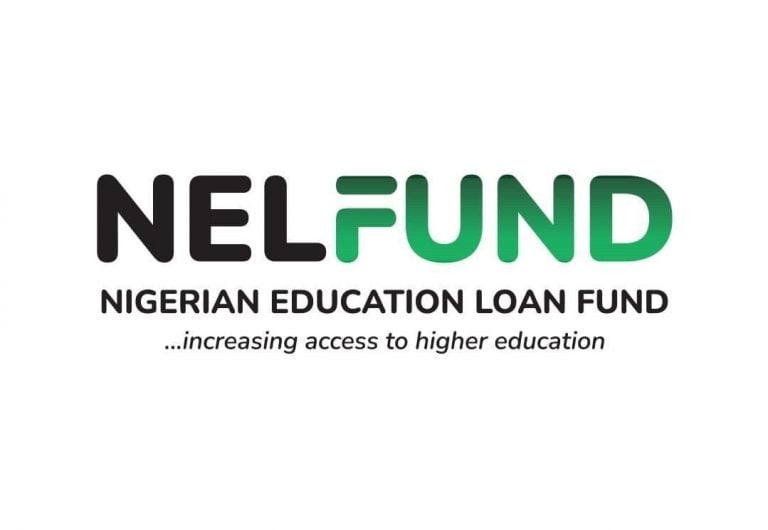the Nigerian Education Loan Fund (NELFUND) has announced the disbursement of ₦116 billion in support to students across public tertiary institutions. The sum comprises ₦65 billion for tuition fees and ₦51 billion for monthly upkeep allowances.
The fund has reportedly reached 624,535 students across 239 universities, polytechnics, and colleges of education, making this one of the largest student support initiatives in the country’s history.
NELFUND’s Mandate and Statement
Managing Director of NELFUND, Akintunde Sawyerr, described the initiative as a “key flagship” of the government’s efforts to make tertiary education affordable and inclusive. He emphasized that the program is designed to ensure that “no Nigerian student is denied access to higher education due to financial constraints.”
Sawyerr added that the agency has received 1,067,000 applications so far, reflecting high demand for student financial aid. The initiative not only covers tuition fees but also provides upkeep allowances, acknowledging that living costs constitute a significant part of the financial burden for students.
Breakdown of Disbursement
| Item | Amount (₦) |
|---|---|
| Tuition Fees | 65,300,000,000 |
| Upkeep Allowances | 51,100,000,000 |
| Total Disbursed | 116,400,000,000 |
| Number of Beneficiary Students | 624,535 |
| Institutions Covered | 239 |
The scale of this disbursement highlights the government’s commitment to addressing both the direct and indirect costs of higher education, ensuring a broader reach to students from diverse socio-economic backgrounds.
Implications for Students and Institutions
- Increased Access: The initiative reduces barriers to education for students who would otherwise struggle to pay tuition and cover basic living expenses.
- Support for Institutions: Universities and colleges benefit from timely tuition payments, enhancing their ability to provide quality education.
- Economic Impact: By easing financial pressure on students, the program supports better academic outcomes and reduces dropout rates, potentially contributing to a more skilled workforce.
Challenges and Considerations
While the NELFUND program is widely welcomed, several critical questions remain:
- Sustainability: Can NELFUND maintain such high levels of funding in the long term without compromising quality or operational efficiency?
- Repayment: The loan component requires repayment, typically starting two years after graduation or completion of the National Youth Service Corps (NYSC) for employed graduates. Ensuring compliance and affordability is key to sustainability.
- Oversight and Transparency: With such large disbursements, robust monitoring is essential to prevent misuse of funds or unauthorized deductions by institutions.
- Unmet Demand: With 1,067,000 applications received and only 624,535 beneficiaries, there remains a significant number of students who are yet to receive support. Policies on prioritization and future funding will be critical.
Expert Opinions
Education analysts describe NELFUND’s disbursement as a positive move for Nigerian tertiary education. Dr. Funke Adeyemi, an education economist, stated:
“This initiative is a game-changer for students who often drop out due to financial constraints. The focus on both tuition and upkeep allowances shows a holistic understanding of students’ needs.”
However, experts caution that the program’s impact will depend on continuous funding, clear repayment frameworks, and rigorous monitoring of institutional compliance.
Conclusion
The disbursement of ₦116 billion by NELFUND represents a historic effort to support Nigerian students and strengthen tertiary education funding. By addressing tuition and living costs simultaneously, the program has set a new benchmark for student financial aid in the country.
As the initiative progresses, all eyes will be on NELFUND’s ability to maintain transparency, reach more students, and ensure that the benefits of this intervention translate into long-term improvements in access to higher education.



